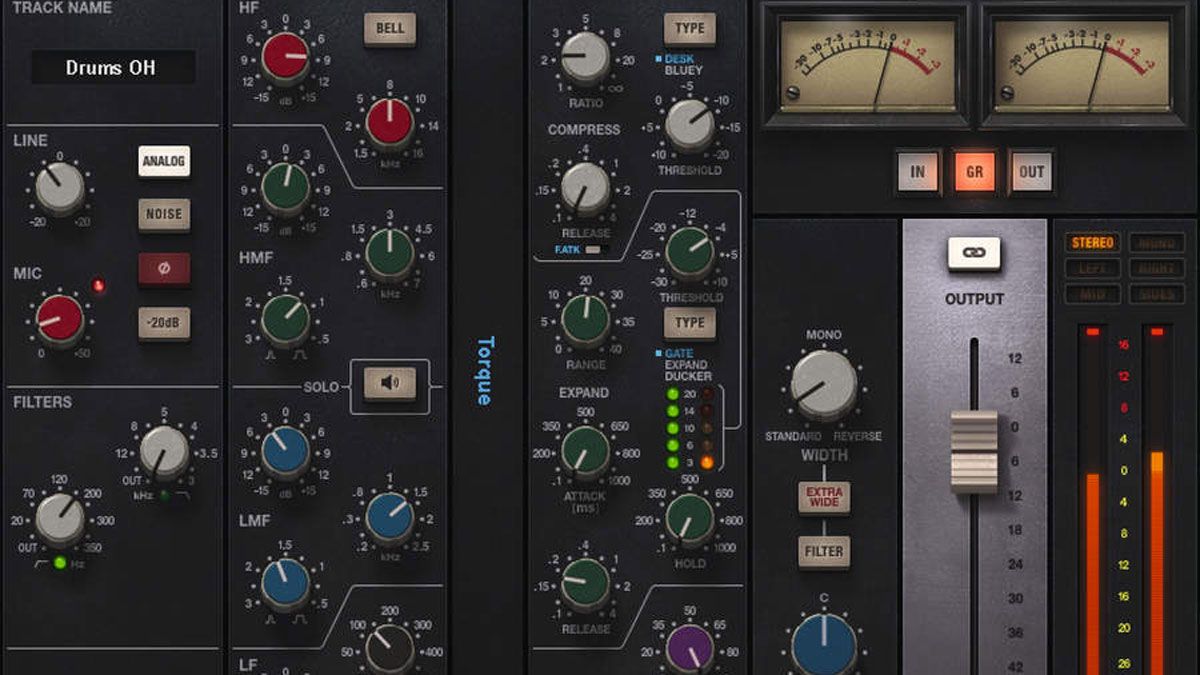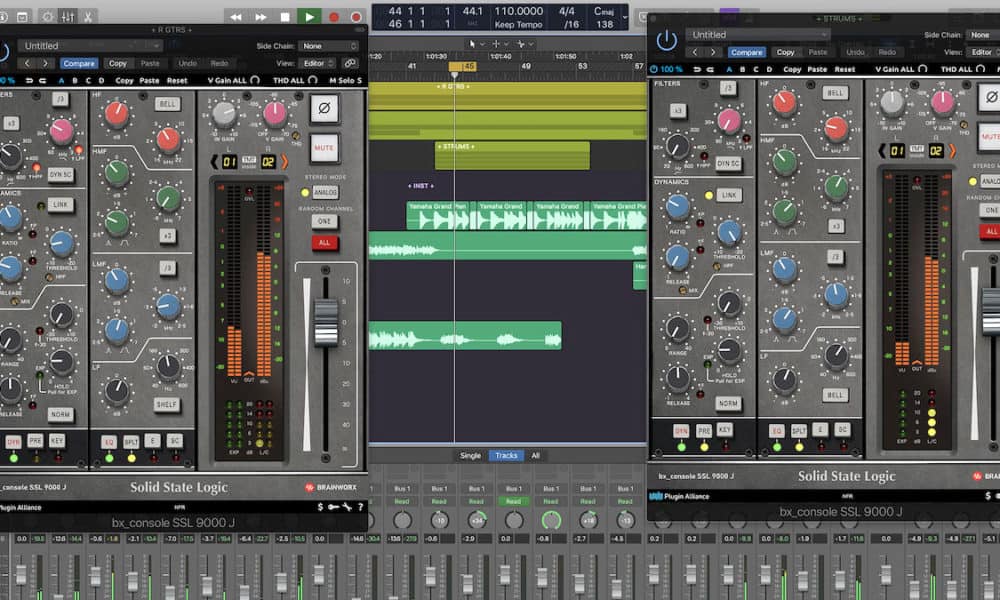
- Waves ssl 4000 release date driver#
- Waves ssl 4000 release date full#
- Waves ssl 4000 release date pro#
Waves ssl 4000 release date pro#
The midrange on the IN-Series is limited to less than 1 millimeter peak-to-peak excursion, making it acoustically stationary while still providing midrange to keep up with the powerful woofer and tweeter.Īs measured by Pro Sound Testing in Greenville, IN.We learned in mid-2019 that AMD had already finished the Zen 3 design, which is expected to be based on a 7nm+ process, offering some slight improvements on the existing 7nm process found in Zen 2 hardware.
Waves ssl 4000 release date driver#
In many other co-axial or concentric systems, high excursion from the larger driver causes intermodulation distortion, and degrades the accuracy of the system. It also means that the midrange needs to stay still. This means that the shape needed to be precisely engineered to provide an ideal dispersion characteristic for the tweeter. In addition to reproducing midrange frequencies, it also acts as the waveguide for the tweeter. Taking up the space in between in the hero of the IN-Series: the 4-Inch, profile-optimized midrange driver.

This is the result of unburdening both the woofer and the tweeter, so that both are doing less work the tweeter is only focused on high frequencies, and the woofer only has to worry about bass. The IN-Series monitors have very low distortion. You’re hearing all of the spatial information at the listening position, so the soundstage that you hear will have every detail that’s present in the mix.
Waves ssl 4000 release date full#
As such, it has the same excellent directivity that the LP-6 and LP-8 have at their sides in a full 360 degrees around the speaker. This means that each IN-Series monitor is acoustically a point source.

The tweeter and midrange share an acoustic center, and the woofer is crossed over at a low-mid frequency, so the distance between the woofer and midrange is well under a quarter wavelength at the crossover point. This means that at the listening position, you’re not hearing the full stereo picture. However, because the tweeter and woofer on those speakers (and most studio monitors!) are separate, this information gets lost in the space immediately above and below the speaker. An accurate soundstage lets you “see” each element of the mix in front of you, so you can hear exactly what happens when you make changes.Ģ-way systems with good waveguides, like Kali’s LP-6 and LP-8, do a good job at conveying this spatial information. Not only does this allow producers to create interesting spatial effects, but it means that you can work faster and with more confidence. Even with purely digital material, producers can manipulate physical locations of elements in the mix, and you will hear these on a stereo recording. When you listen to a stereo set of speakers, you’re hearing information about where instruments and players were placed when the material was recorded.

We keep harping on about the “hyper-realistic” imaging of the IN-Series.


 0 kommentar(er)
0 kommentar(er)
